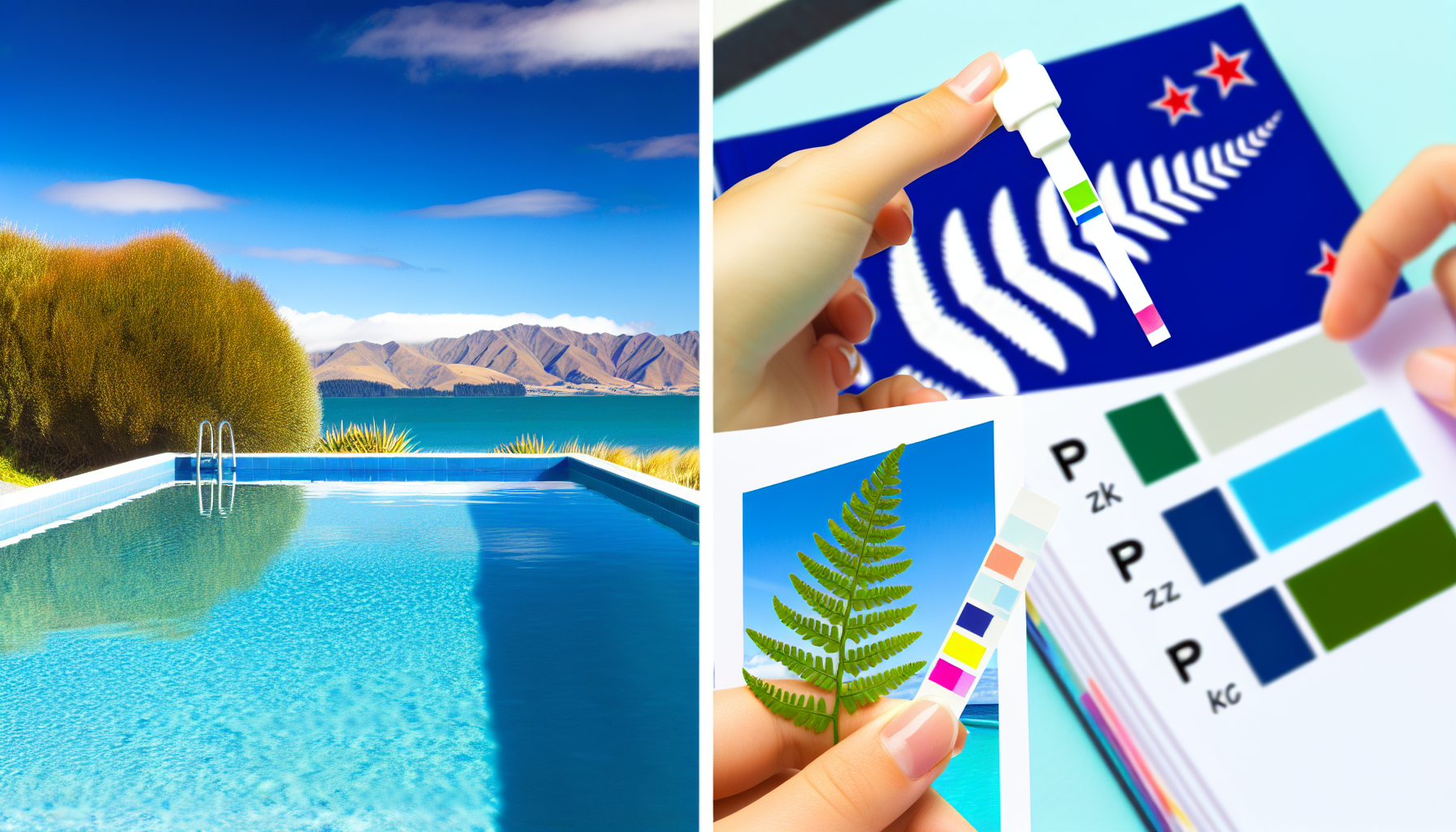A properly balanced pool is the difference between water that’s crystal clear and water that turns cloudy, irritating or—worst case—starts messing with your pool equipment. And when it comes to water chemistry, two big things matter: pH and alkalinity. If these aren’t balanced, you’re in for some headaches. So, let’s break this down in plain English and get your pool sorted.
What’s the deal with pH and alkalinity?
pH tells you if your pool water is too acidic (low pH) or too basic (high pH). Ideally, you want it between 7.2 and 7.6—this is the sweet spot where the water is comfortable for swimming and won’t do any damage to your pool.
Alkalinity is like pH’s bodyguard. It keeps pH steady, stopping big swings that can throw everything out of whack. You want alkalinity between 80 and 120 ppm (parts per million).
Think of it like baking—get the right balance of ingredients, and everything comes out perfect. But if one thing is off (too much flour, not enough liquid), your recipe flops. Same deal with pool chemistry.
How do you check pH and alkalinity?
Easy. Get yourself a test kit or test strips from a place like Pool & Spa Warehouse NZ or Mitre 10. Dip the strip in, compare the colours, and boom—you’ve got your numbers.
If things are off, here’s what you do:
If pH is too low
(Less than 7.2? Time to raise it.)
- You’ll need sodium carbonate (also called pH Up).
- Add it bit by bit—about 100g per 10,000L of water.
- Let the pump run for a few hours, then test again.
If pH is too high
(Beyond 7.6? Bring it down.)
- Use pH Down (sodium bisulfate) or hydrochloric acid.
- Follow the directions on the product—usually around 100mL per 10,000L of water.
- Pour it in and let the pump do its thing before testing again.
If alkalinity is too low
(Under 80ppm? Stability issues incoming.)
- Add **baking soda (sodium bicarbonate)**—yep, same stuff you use in the kitchen.
- Use about 200g per 10,000L.
- Spread it around the pool, let the pump run, and re-test after a few hours.
If alkalinity is too high
(Over 120ppm? Your pH might start bouncing around.)
- Add pH Down or hydrochloric acid, but do it in stages.
- Lowering alkalinity also lowers pH, so go slow.
- Test, adjust, repeat as needed.
Keeping it balanced
Once everything’s in range, keeping pH and alkalinity steady is way easier.
- Test the water weekly—this helps you catch issues before they get big.
- Watch for rain—heavy rainfall can throw off the balance.
- Don’t overdo chemicals—more isn’t always better. Follow the guides on trusted NZ retailers like Para Rubber.
- Keep the pump running—good circulation helps chemicals work properly.
Final thoughts
Balanced water makes your pool last longer, keeps swimmers happy, and saves you from bigger problems down the line. Keep an eye on pH and alkalinity, test regularly, and you’ll have a pool that’s clear, clean, and stress-free.


Leave a Reply